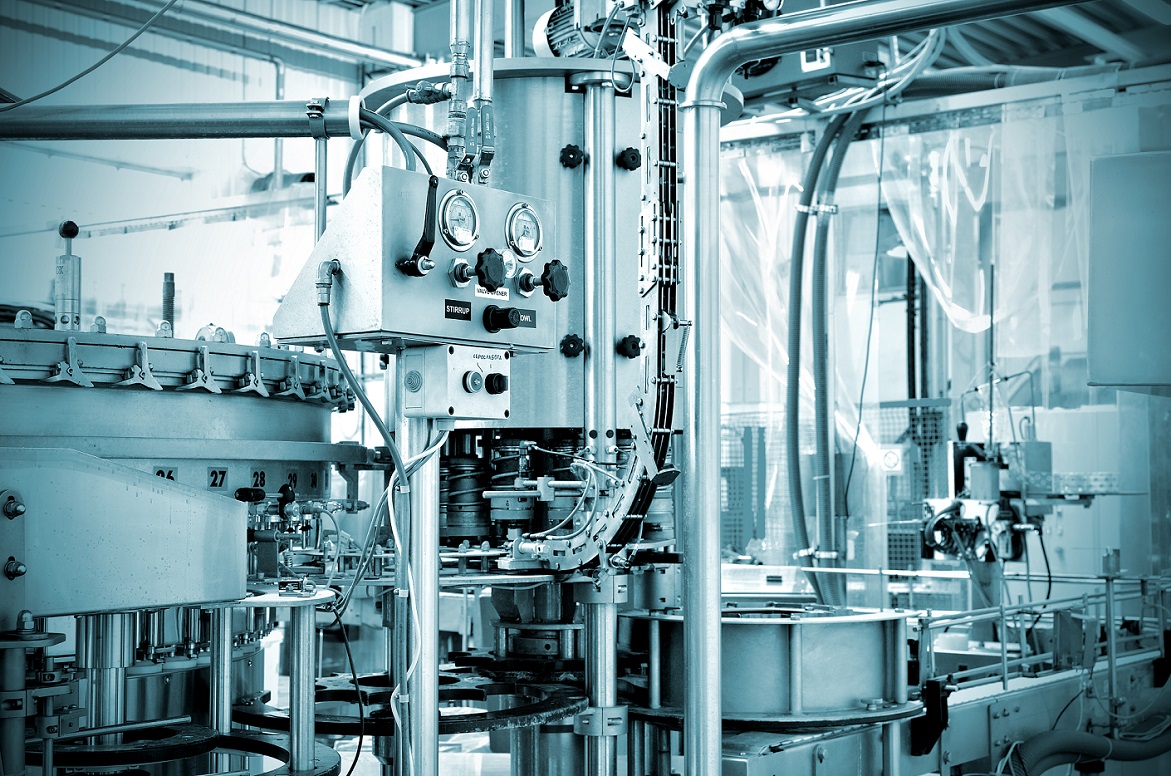Why should I consider a weld cleaner for my pharmaceutical factory?
Weld cleaning | Electropolishing | Thursday, 14 July 2022
How is stainless steel for pharmaceutical production passivated?
Stainless steel for production goes through different processes before it’s used in the production facility. All of these processes can ruin the passive layer of the surface which is why all stainless steel components are cleaned and passivated before delivery to production facilities.
After installation, the constructions should be maintained and cleaned regularly by a maintenance team. In many production scenarios, it is valuable to consider a weld cleaner for the maintenance of the equipment. And below we’ll tell you 5 reasons why.

5 reasons why pharmaceutical factories should consider a weld cleaner
1. Replacement and maintenance of smaller parts and weld cleaning carried out by the internal maintenance team
Most factories have their own internal maintenance team. Why not benefit from the internal strengths and have them maintain smaller weld cleaning jobs instead of outsourcing to subcontractors?
When replacing stainless steel parts, the metal (and especially the weld seams) needs to be cleaned and passivated whenever the surface has been affected. It’s a great advantage to have one or several team members in the maintenance team operate a weld cleaner to clean smaller surfaces and welds. In addition, an electrochemical weld cleaner can be used by just about anyone and is very easy to operate.
The internal maintenance team should be using a weld cleaner for all smaller weld cleaning jobs, thus reducing the need for external assistance e.g. subcontractors (and higher expenses).
2. Larger projects where the machine can be loaned to subcontractors in order to standardize the weld cleaning process
Often larger changes & upgrades in the production plan involve external subcontractors welding on-site. Working with pharmaceuticals it is great to have standardized processes for everything, including weld cleaning. Loaning your factory’s weld cleaning machine to the subcontractor will ensure that all welds and surfaces in your factory are cleaned to the same high standard.

3. Removing stains from stainless surfaces including rouge
Working with strong chemicals, fluids, and high temperatures will affect the stainless steel over time, and that’s why it’s hard to avoid some form of metal staining. By inspecting the equipment regularly, the maintenance team can hopefully remediate the stains before it creates bigger problems for the production.
In pharmaceutical production, a common problem is “Rouge”, which is a form of corrosion that typically happens in closed environments with a low percentage of oxygen combined with high temperatures. The rouging can be stopped through regular inspections of the installations and timely removals using a weld cleaner.
Electrochemical weld cleaners are highly effective with the removal of all types of stains – including rouge – from stainless steel surfaces.
4. Restoring mirror polished or smooth surfaces using the electropolishing functionality
One of the main requirements for stainless steel in pharmaceutical production is that it must be easy to clean, meaning that the surface needs to be smooth.
To detect the surface roughness, you use a profilometer/perthometer, and the usual surface roughness requirement for stainless steel in pharmaceutical production is Ra <= 0.8 µm. This value can easily be achieved by electropolishing with a weld cleaner.
Not only will polishing leave the surface smooth and shiny, but it will also improve the microfinish. This means less product adhesion and smaller chances of contamination buildup. Another advantage of this is that less cleaning is needed since the risk of contamination buildup is decreased.
5. Save money and reduce downtime with regular inspection
It can be beneficial to have a regular schedule for inspection of the pharmaceutical equipment to determine if weld cleaning or polishing is needed. This will reduce the risk of a total system shut down which sometimes occurs in order to clean and restore the stainless steel components. Avoiding such scenarios will help you save money. And having the weld cleaning resources available internally to your maintenance team is the most flexible and cheapest solution for regular cleaning and polishing of stainless steel components.
How does electropolishing for pharmaceutical equipment work?
Electrochemical weld cleaners not only remove all dirt, discoloration, or contamination from the metal surface but can also be used for electrochemical polishing which creates the best circumstances for the surface to passivate naturally after weld cleaning as well as creating a smooth surface.
Almost any high-purity piping or tubing system today is electropolished because the process is one of the best for decontaminating surfaces, creating a smooth and shiny polished metal surface.
The surface is cleaned and polished using mild food-grade and phosphorus-based acid combined with heat through the weld cleaning brush made of carbon fibers. The acid used for weld cleaning and polishing is completely safe for pharmaceutical production – our CGT 550 is even NSF certified. You can read more about NSF certifications here.
Want to know more?
If you want to know more about electropolishing and electrochemical weld cleaning, hit us up using the contact form below. Whether you want us to elaborate on the electrochemical process or explain how our machines work, we’re happy to help you.
Loading...
Please wait while the form loads.


 English
English  English (US)
English (US)  German
German  Danish
Danish  Swedish
Swedish  French
French  Polish
Polish  Spanish
Spanish